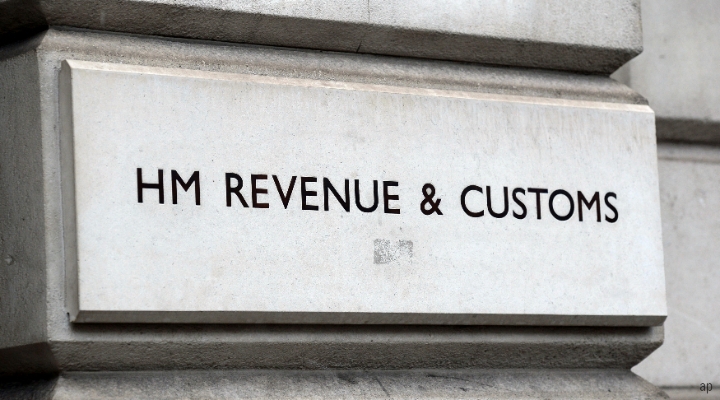
Until fairly recently, most people left tax rates to their accountants and employers with an occasional glance at their tax return or payslip. But this year wages are squeezed by high inflation. That makes tax a really big issue.
It’s also closely to the question of trusting our governments with up to 45% of our pay (even before National Insurance contributions have been takend out). In 2023, Britons face their highest tax burden since the second war and the ruling Conservative party is significantly behind the polls.
Moreover, ISA season means that investors have become used to following the change in the tax years closely and keep an eye on the calendar when it flips every April.
Here we lay out the changes ahead for what’s being called the most significant tax year in a decade, 2023-2024, which starts today. In more positive news, a new tax year also means an increase in benefits, from pensions to universal credit. The state pension has increased by 10.1% in line with September's Consumer Price Index, as part of the "triple lock" promise. (The government has recently delayed annoucing changes to the state pension age.)
What Happened in the Autumn Statement?
Back in November last year, new chancellor Jeremy Hunt dealt his bad news calmly. But it was a stark reminder of the state’s power to tighten the screws: tax allowances were frozen until 2027-2028, meaning more basic rate taxpayers will pay 40% tax in the coming years; and for the better off, capital gains tax and dividend allowances were chopped significantly.
As a result, the 45% tax rate kicks in at £125,140 now rather than £150,000. And from 2025, electric vehicles with have to pay Vehicle Excise Duty (VED). Company tax rates will go from 19% to 25%.
The tough talk of the Autumn Statement gave Hunt the scope to offer some giveways in the Spring Budget, not least the lifting of the Lifetime Allowance on pensions. But the stall had already been laid out in the autumn: you’re going to have to pay more from April 6, 2023. And the more you earn and own, the more you’ll pay.
Why are Taxes Rising?
Hunt's "difficult decisions" are aimed at reducing government debt and maintaining public services, which are under severe stress.
"I have tried to be fair by following two broad principles: firstly, we ask those with more to contribute more; and secondly, we avoid the tax rises that most damage growth," he said.
"Although my decisions today do lead to a substantial tax increase, we have not raised headline rates of taxation, and tax as a percentage of GDP will increase by just 1% over the next five years," he added (my italics).
Such abstractions as tax as a percentage of GDP will not mean much to the average worker. But with a general election looming and with the Conservatives behind in the polls, an increase in tax rates may have consigned the Sunak Project to oblivion. Instead, Hunt is relying on "fiscal drag" to do the heavy lifting: freezing allowances for a few years will boost the tax take over time.
At this point, it’s also useful to note the taxes not changing: inheritance tax thresholds and rates stay as-was, pension tax relief remains in place (a boost for higher earners), capital gains tax rates remains too, and income tax rates stay at 20%, 40% and 45%.
The Capital Gains Conundrum
Another major change outlined above from the Autumn Statement is the halving of capital gains tax (CGT). This levy previously only applied to about 323,000 people in the UK – that’s roughly 1% of the population. With the new limit now lowered, this figure expected to rise.
CGT never used to be on most people's radar. After all, shares, funds, and trusts can all be sheltered from CGT within the £20,000 annual ISA allowance (which remains in place this tax year). You don’t pay CGT on pension gains either. It also doesn't apply to people selling their own homes; it only tends to come onto the radars of buy-to-let investors and those with property portfolios.
You pay tax on the difference between what you paid for an asset and what you sell it for – minus some "allowable expenses" such as house repairs. The rate differs depending on what type of asset is being sold and what tax bracket you’re in – the maximum rate is 28% for a higher rate taxpayer selling a residential property.
As Quilter Private Client Advisers’s Ian Cook said at the time of the announcement, financial advisers will now have to advise their clients to use other structures to maximise their finances. Plus, in conjunction with the lowered dividend allowance, more and more ordinary investors will have to seek financial advice for increasingly complex tax returns.
"Efficient use of the allowances will now be much more in focus than it had previously been," he said.










.jpg)

















